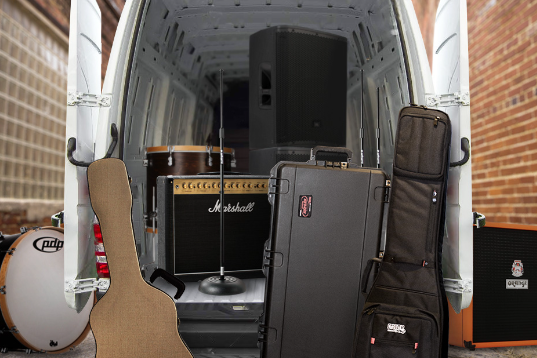To drive your car correctly and safely, it is essential to know some tricks that may be useful. Among these, the use of the engine brake is one of the most important. Let’s find out all the details …
Engine Brake: How it works?
In everyday driving when decelerating, climbing from one gear to another, you feel a slight slowdown of your car when, engaged the lower gear, gradually releases the clutch. This deceleration is due precisely to the brake-motor that allows the engine, thanks to the increase in the number of revolutions, to absorb mechanical energy in the moment of transition from one gear to another.

Car Engine Brake
The engine brake is often used in sportier driving. Cars equipped with a manual gearbox, in fact, allow the driver to be able to decide completely independently when to change gear, by pulling the maximum number of laps. The most skilled pilots, usually, use the engine brake when cornering, climbing one or more gears to reduce the speed at the entrance, reducing the use of the brakes. But the engine brake can and must also be used in the event of emergency braking, to reduce the speed of the vehicle quickly, or if you have to face descents with important slopes, to avoid straining the braking system.
Braking System
The engine brake has a great impact on the braking system of a car. This system allows the car to decelerate and stop, thanks to the friction that the pads generate on the brake. When the brake pedal is pressed, a hydraulic pump is activated which allows the caliper to act on the pads. These come into contact with the discs, generating friction and slow down the motion of the car.
The car brakes should be checked at regular intervals in order to avoid that the wear affects their operation.
Firstly, it is necessary to distinguish between self – drum and disc brakes. The first are made of a drum and two jaws made of a friction material that exert force on the drum from the inside, stopping the rotation, while the latter are characterized by the presence of a disk on which a caliper that holds its action brake pads.
It is advisable to perform a check every 15,000 / 20,000 kilometers but, in the event of vibrations coming from the braking system, the system must be checked immediately.
Even if the warning light comes on, braking noises, the presence of deep circular lines or radial cracks on the braking band, or overheating, bring your vehicle to perform a check.
It is also important to check the brake fluid level and the state of wear of pads and disks since, when these are worn out, the brake caliper piston will have to make a larger excursion to compensate for the loss of thickness of the disc, and will absorb more brake fluid.





















